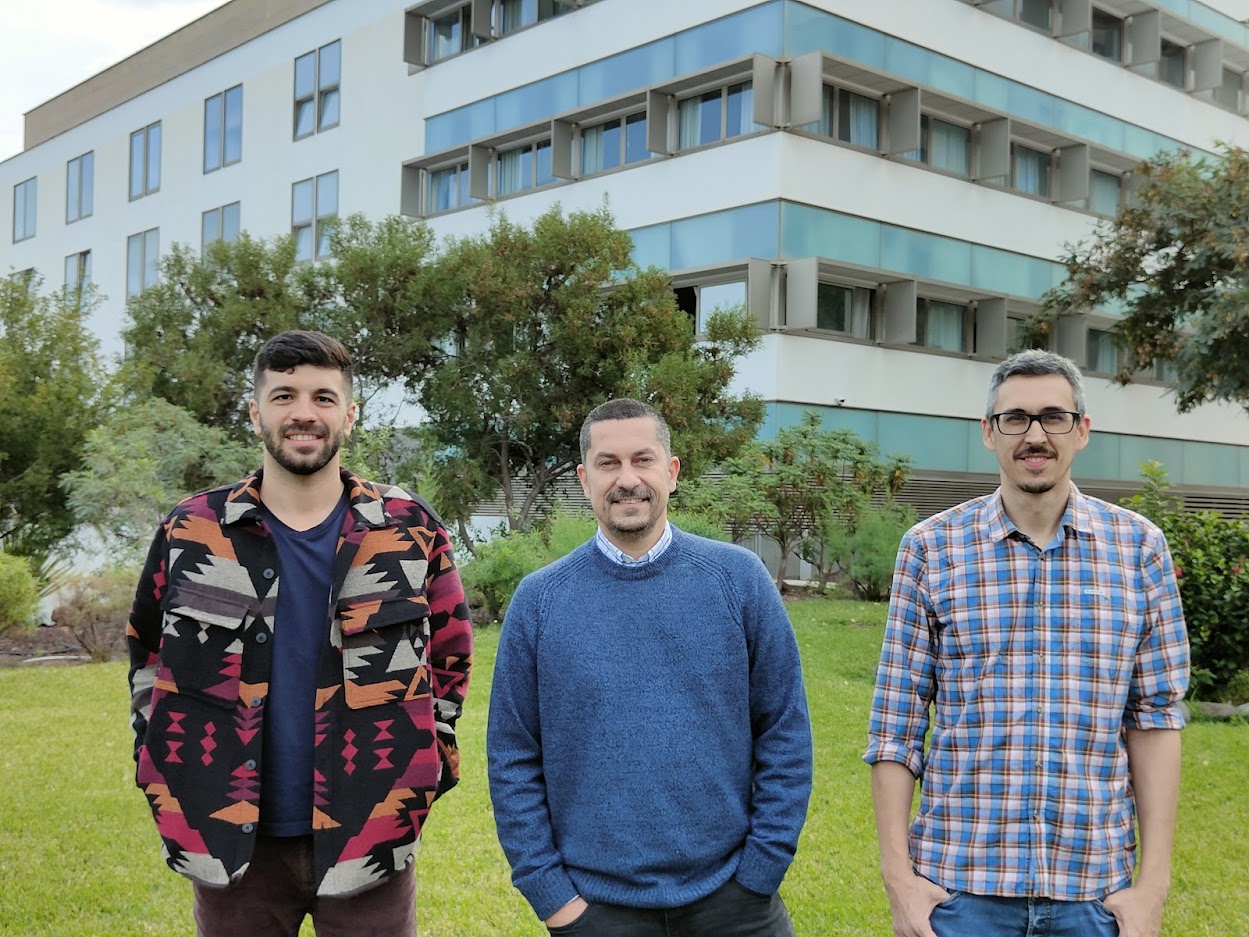
• Since the beginning of 2021, it has been active with the aim of anticipating to the governments of Latin America and the Caribbean what the expected performance of the issuing markets will be.
• The platform updates daily the situation of the pandemic in the destination, as well as for the 10 main source markets, relating it to changes in income and travel intentions.
• It is available on the IDB website, with versions corresponding to 19 countries in Latin America and the Caribbean.
The University of Las Palmas de Gran Canaria (ULPGC), in collaboration with the Inter-American Development Bank (IDB), has developed a digital tool that allows estimating international tourist demand in real time. This tool takes into account the context of the Covid-19 pandemic and allows monitoring through a platform hosted on the internet.

This project has been developed entirely within the ULPGC’s Infrastructure, Transport and Tourism Economics Research Group, under the direction of Juan Luis Eugenio Martín, together with the team made up of José Manuel Cazorla Artiles and Christian González Martel, all economics professors.
The tool began to be developed in 2020 and has had the close collaboration of the Ministries of Tourism of Costa Rica and Barbados, who have provided detailed data and have made an experimental use of it. Since the beginning of 2021, it has been active with the main objective of being able to anticipate to the governments of Latin America and the Caribbean what the expected performance of the issuing markets will be in order to prioritize their promotion policies.
The starting point is the construction of a base scenario that predicts the demand that would have occurred if the epidemic had not existed. This base scenario demand is affected by the current situation with COVID-19 based on three effects: first, the market reactivation date based on the epidemic for each origin-destination pair; the second, the reduction of income at origin and how this reduces the intention to travel; and, finally, the level of confidence to travel using recent surveys on intention to travel.
The platform updates daily the situation of the pandemic in the destination, as well as for the 10 main source markets. Through an epidemiological model, it estimates the expected evolution of the number of infected people. The dynamics of the pandemic are very heterogeneous between countries. The platform makes it possible to monitor the expected incidence rate for the coming months in order to prioritize the markets of greatest interest and anticipate recovery dates.
The pandemic has generated significant imbalances in economic activity and employment, generating a significant drop in income and a partial recovery of it. Changes in income condition the willingness to pay to travel internationally and represent the last effect that is taken into account in the estimation of demand.
The platform offers preloaded scenarios. For example, the epidemic recovery dates are based on the epidemiological models, but it also allows the user to modify them in order to simulate different future scenarios. The user can define specific market closing or reopening dates for each market, the degree of confidence can vary, as well as the level of expected income.
In addition, the platform calculates the macroeconomic impacts of variations in tourist arrivals. Calculate the expenditure generated by tourists, and its impact in terms of GDP and employment.
The Inter-American Development Bank has relaunched this project on its social networks and on YouTube, where the collaboration with the ULPGC stands out. The platform is available on the IDB website, within its Sustainable Tourism section. Versions corresponding to 19 countries in Latin America and the Caribbean are hosted there.
